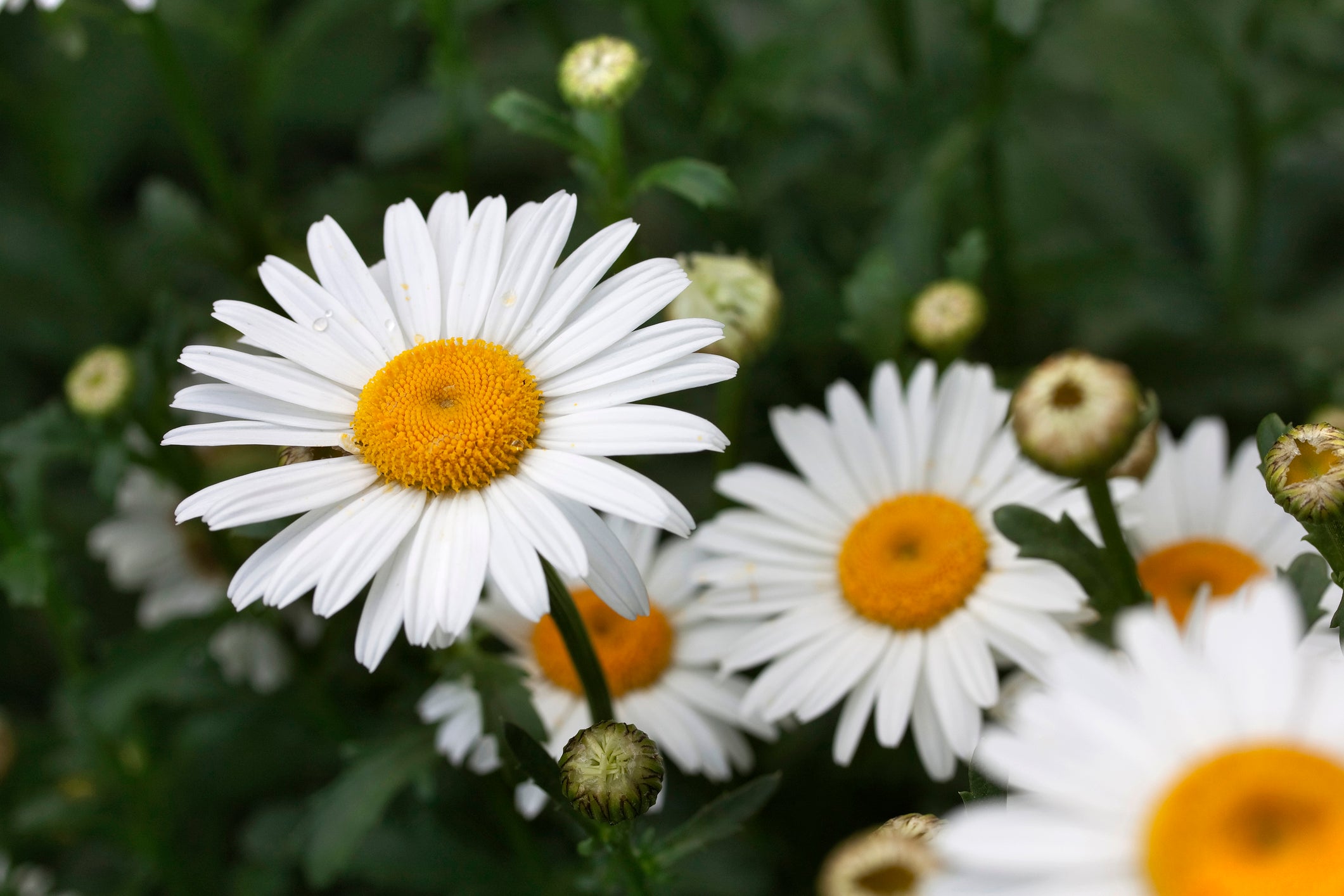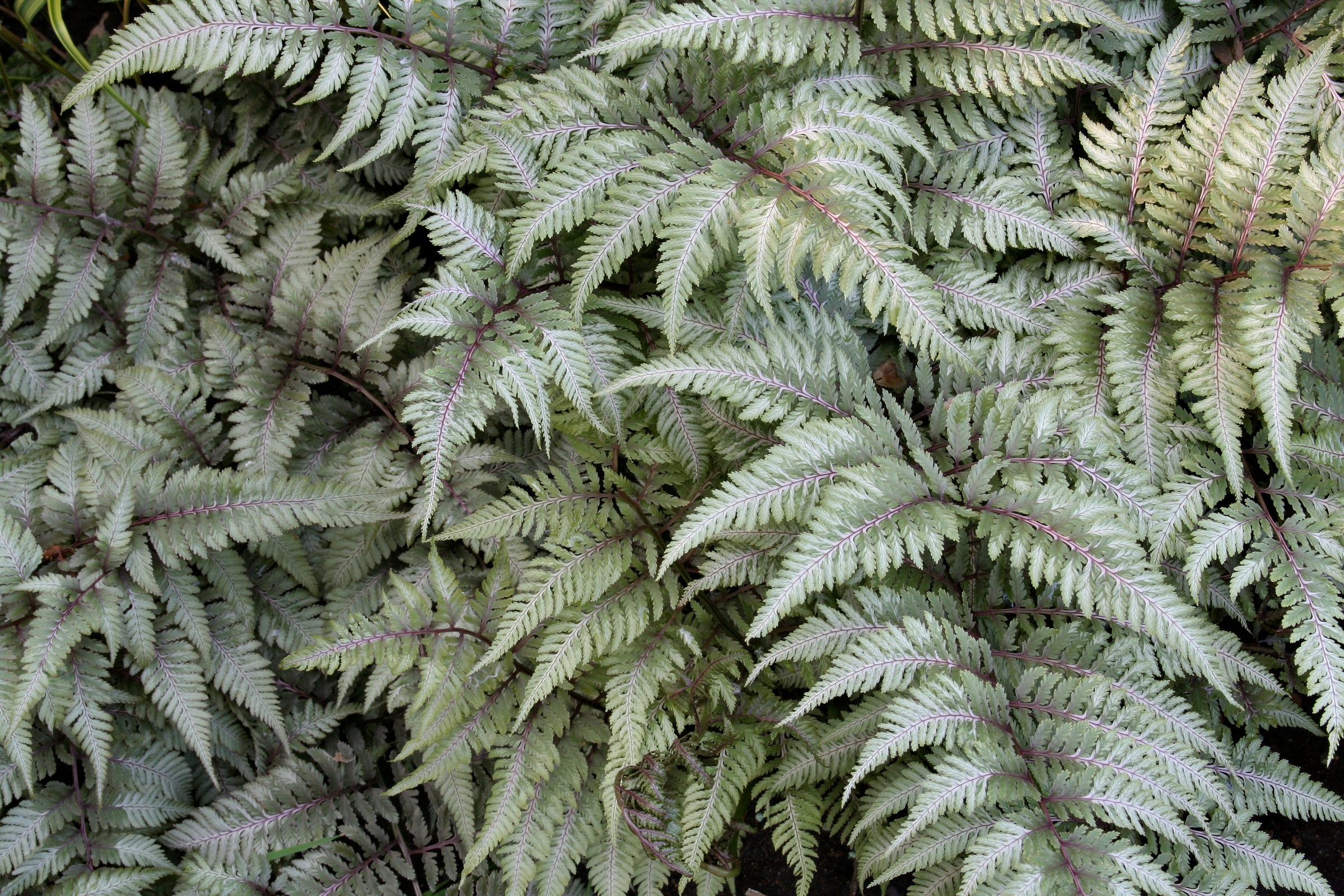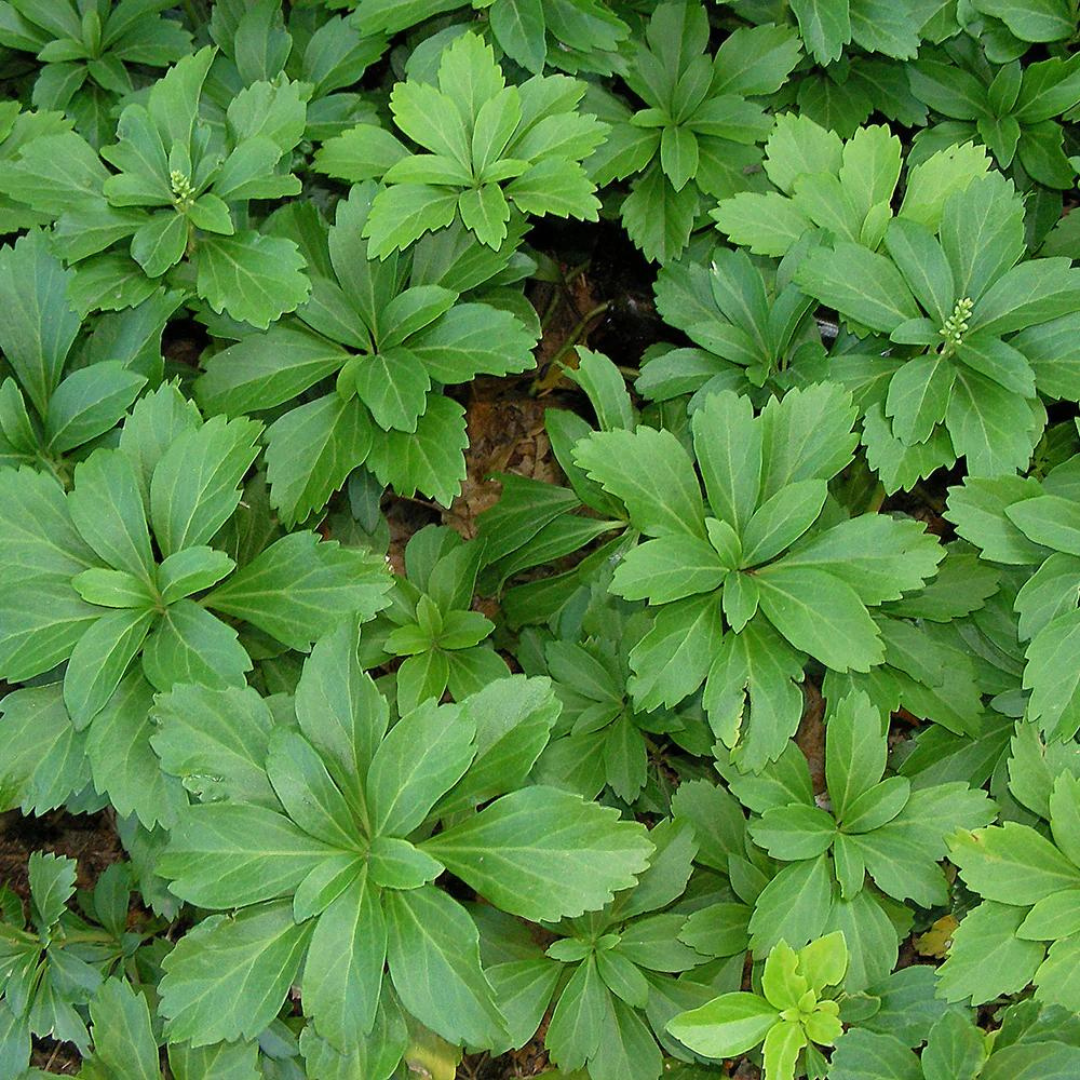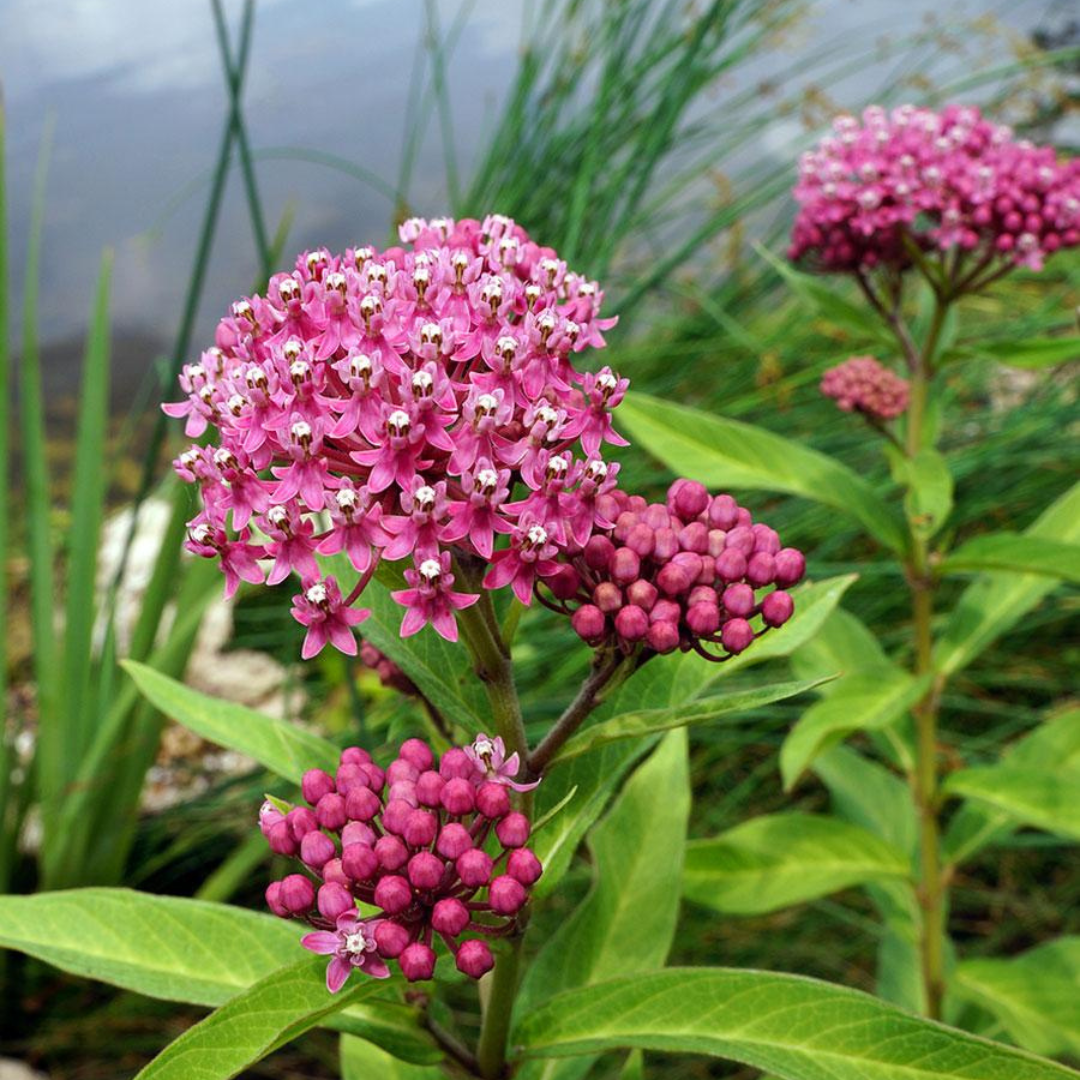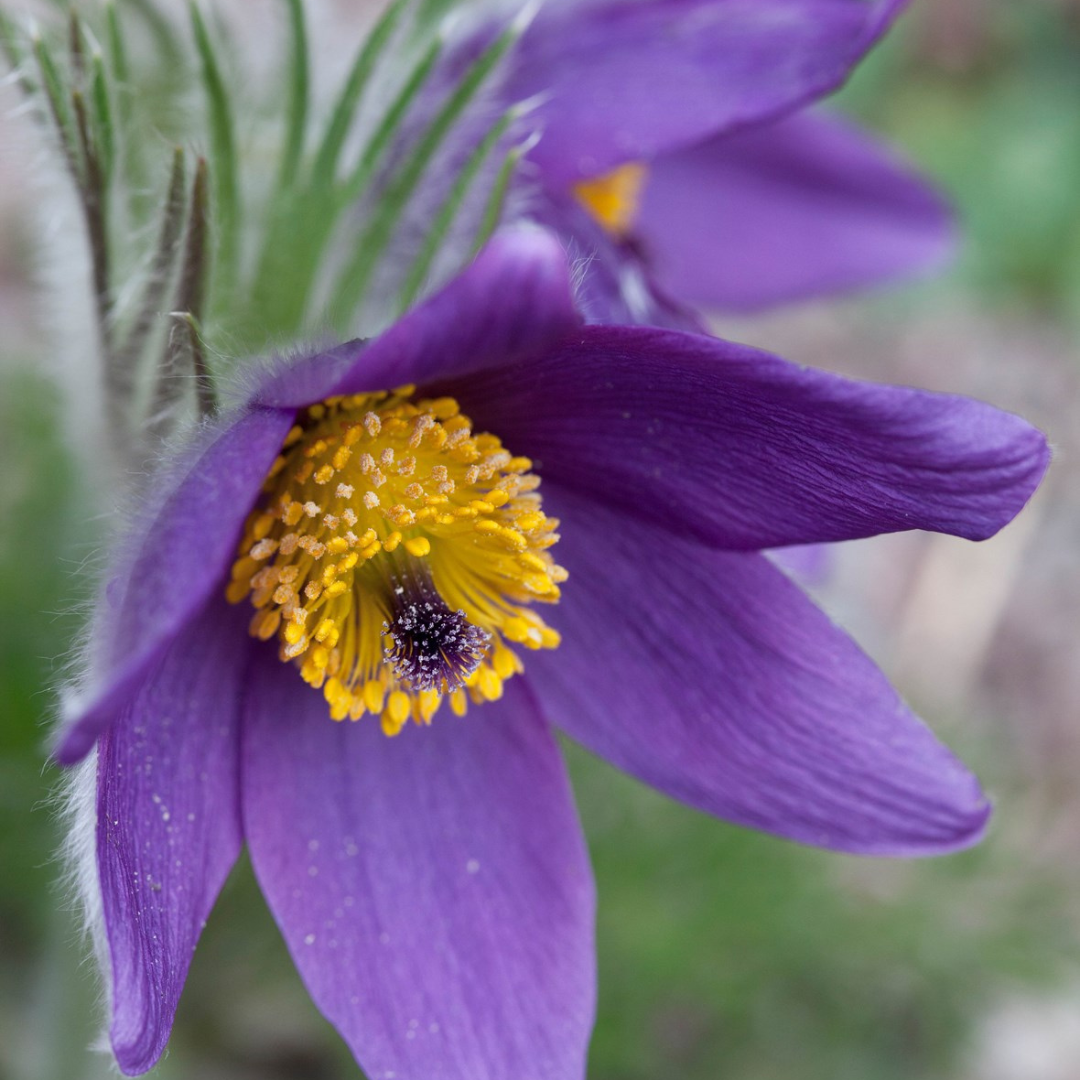
Pulsatilla vulgaris
Add to Wishlist Partial Sun
Partial Sun
 Full Shade
Full Shade
 Drought Tolerant
Drought Tolerant
 Deer Resistant
Deer Resistant
 Low Maintenance
Low Maintenance
- In stock, ready to ship
- Backordered, shipping soon
Pulsatilla vulgaris: The Timeless Spirit of Spring
Delicate yet enduring, Pulsatilla vulgaris—the common pasque flower—welcomes spring with velvety, nodding blooms in shades of soft purple, each encircling a golden eye. Held on fuzzy, upright stems above finely divided, silvery-green foliage, the flowers give way to whimsical, feathery seedheads that shimmer through early summer. Naturally compact and drought tolerant, this treasured wildflower brings charm, structure, and long-season interest to sunny borders, rock gardens, and low-maintenance plantings.
Plant Characteristics:
- Height: 20–30 cm
- Spread: 25–30 cm
- Flower Colour: Soft purple with yellow stamens
- Flowering Period: Early to mid-spring
- Foliage: Finely cut, silvery-green, soft-textured
- Sunlight Requirements: Full sun to light shade
- Soil Requirements: Well-drained, sandy or moderately fertile soil
Uses and Benefits: Pulsatilla vulgaris is ideal for naturalistic plantings, alpine and gravel gardens, or front-of-border settings where early colour and textural seedheads add dimension. Its compact habit and tidy form make it perfect for sunny spots with sharp drainage. Loved by early pollinators and tolerant of dry conditions once established, it offers a beautiful bridge from winter dormancy into the active growing season.
Companion Plants: Pair with the silvery mat-forming foliage of Lamium 'White Nancy', the blue-toned, upright texture of Sedum 'Blue Spruce', and the soft, steel-blue tufts of Festuca 'Elijah Blue' for a drought-tolerant combination full of fine texture, seasonal interest, and low-maintenance appeal.
Care Instructions: Plant in full sun with well-drained, sandy or gritty soil. Avoid overly rich or wet locations, especially in winter. Water occasionally during prolonged droughts. Deadhead if self-seeding is not desired, or leave seedheads in place for ornamental value. Once established, avoid disturbing the roots, as Pulsatilla resents being moved.
History: Native to the grasslands of Europe, Pulsatilla vulgaris is steeped in folklore and tradition. Its name—derived from “Pasque,” the French word for Easter—refers to its timely spring bloom, making it a historic symbol of renewal and resilience.
Final Thoughts: Elegant in bloom and enchanting in seed, Pulsatilla vulgaris is a timeless perennial that blends wild beauty with garden grace—ushering in spring with a whisper of colour and a promise of resilience.



